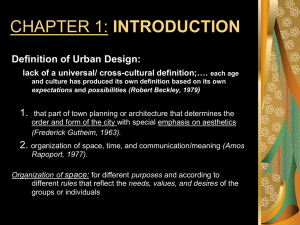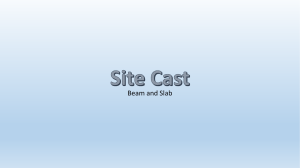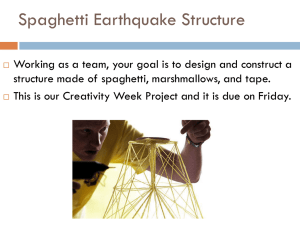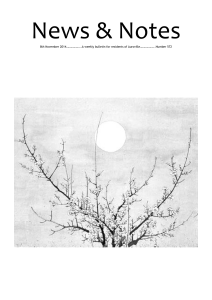Profile - TiEcon Kerala 2014
advertisement
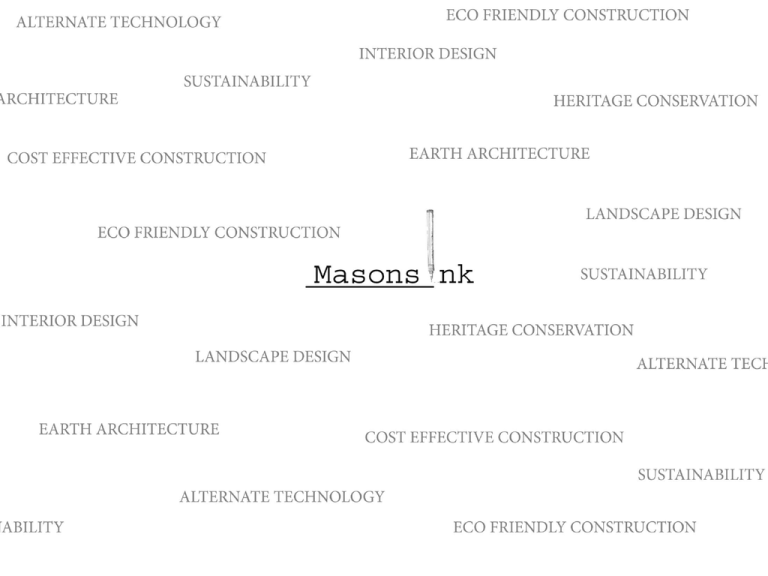
SEN BUILT versus UNBUILT SEN BUILT versus UNBUILT NORTH AMERICA Built Unbuilt 0% 0% 30% SEN 70% Source: Environment and energy sustainability: An approach for India, McKinsey & Company BUILT versus UNBUILT EUROPE Built Unbuilt 0% 0% 20% SEN 80% Source: Environment and energy sustainability: An approach for India, McKinsey & Company BUILT versus UNBUILT INDIAN SUBCONTINENT Built Unbuilt 0% 0% SEN 40% 60% Source: Environment and energy sustainability: An approach for India, McKinsey & Company • India is now the 3rd largest construction sector in the world • There has been an explosive growth in construction since 2005. • It is expected to multiply 2 folds by 2030 with maximum growth in residential sector. Area in million square feet INDIA – THE NEW CONSTRUCTION HAVEN 80000 Retail 70000 Hospitality 60000 Offices 50000 40000 30000 20000 10000 0 Residential Residential Offices Hospitality Retail 2005 2030 Source: Environmental Design Solutions Pvt Ltd World CO2 Emissions CARS 9% BUILDING CONSTRUCTION 40% BUILDING MATERIAL 12% TRANSPORT 15% INDUSTRY 24% Source: International Energy Agency Cement and Steel - Contribution to Embodied Energy and CO2 Emissions Source: Commonwealth Scientific and Industrial Research Organisation A 1000 sq.ft CONVENTIAL HOUSE RCC frames structure + Brick infill + Concrete Slab 60 bags!! THE ROOF Cement Consumption A 1000 sq.ft CONVENTIAL HOUSE RCC frames structure + Brick infill + Concrete Slab 1500 kg!! THE ROOF Steel Consumption A 1000 sq.ft CONVENTIAL HOUSE RCC frames structure + Brick infill + Concrete Slab 80 BAGS!! THE SUPERSTRUCTURE Cement Consumption A 1000 sq.ft CONVENTIAL HOUSE RCC frames structure + Brick infill + Concrete Slab 2000 Kg!! THE SUPERSTRUCTURE Steel Consumption THE SHIFT A 1000 sq.ft HOUSE – With Material X 8 bags THE ROOF Cement Consumption A 1000 sq.ft HOUSE – With Material X 0 kg THE ROOF Steel Consumption A 1000 sq.ft HOUSE – With Material X 50 bags THE SUPERSTRUCTURE Cement Consumption A 1000 sq.ft HOUSE – With Material X 600 Kg THE SUPERSTRUCTURE Steel Consumption CHANGING TRENDS OPTIMIZATION NON RESISTANCE TO HEAVY RAINS COMPRESSED STABILISED MUD BLOCKS CSEB are a mix of soil, sand and 5% of cement. • They are compressed manually. So they don’t require energy. • They are not fired! • They are used for masonry of walls and columns, as any conventional brick. • They can also be used for building arches, vaults and domes. • They have been used up to 4 floors (load bearing walls). COMPRESSED STABILISED MUD BLOCKS SCHOOL IN BURKINA FASO, AFRICA ARCHITECT : Francis Kere SCHOOL IN BURKINA FASO, AFRICA ARCHITECT : Francis Kere SCHOOL IN BURKINA FASO, AFRICA ARCHITECT : Francis Kere APARTMENT IN AUROVILLE, INDIA ARCHITECT : Auroville Earth Institute APARTMENT IN AUROVILLE, INDIA ARCHITECT : Auroville Earth Institute RESIDENCE IN BANGALORE, INDIA ARCHITECT: Chitra Vishwanath RAMMED EARTH 1. Fixing the first panel, adjusting the end shutters. 2. Ramming the second form. RAMMED EARTH 3. Ramming the third form. 4. Removing 1st shuttering and placing above RAMMED EARTH 5. The finished Rammed Earth wall. • Great aesthetic Finish! • No Plastering required! RESIDENCE IN AUROVILLE, INDIA RESIDENCE IN AUROVILLE, INDIA RESIDENCE IN AUROVILLE, INDIA RESIDENCE IN AUSTRALIA RESIDENCE IN AUSTRALIA So is Earth Architecture the only solution to a greener future? OTHER ALTERNATE TECHNOLOGIES – RAT TRAP BOND OTHER ALTERNATE TECHNOLOGIES – FILLER SLAB OTHER ALTERNATE TECHNOLOGIES – FILLER SLAB OTHER ALTERNATE TECHNOLOGIES – BOTTLE WALLS “Two roads diverged in a wood, and I – I took the one less travelled by, And that has made all the difference.” - Robert Frost Email masonsinkstudio@gmail.com Contact 9008416974 I 9886399192




